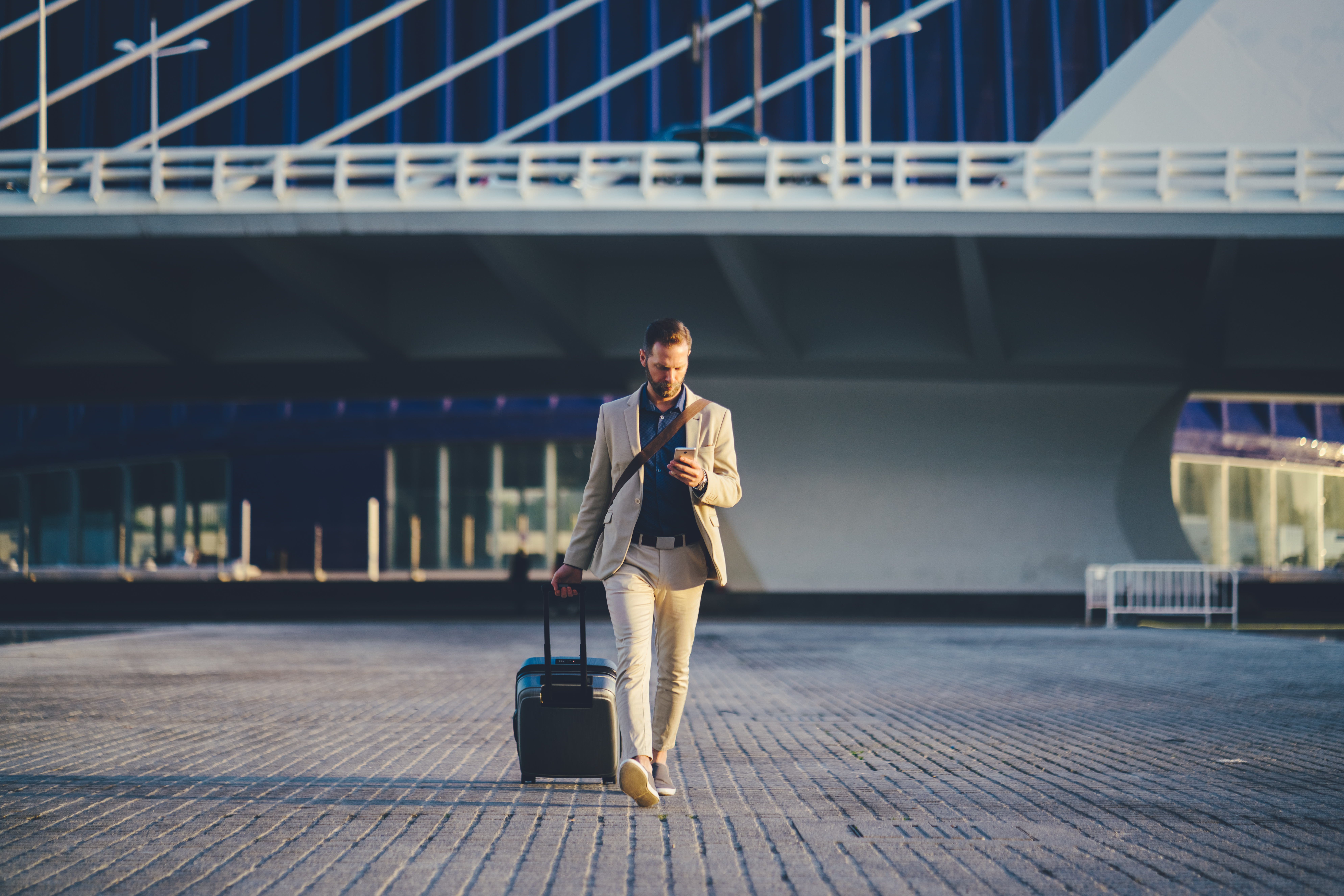Delta Air Lines Inc. is adding back flights this fall in business centers such as New York and Boston, while cutting back on flying many of the vacation routes that became popular over the summer.
“We’re pivoting our capacity to now supplying more business seats,” said Joe Esposito, Delta’s senior vice president of network planning.
Delta has been polling corporate customers to ensure it gets the timing right. “We don’t want to put the seats in before they fly,” Mr. Esposito said. “We want to put the seats in when they’re ready to get back in the air.”
Vacation travel typically slows when summer ends, while business travelers start to hit the road again. How that shift plays out this year is a major test for airlines that rely heavily on lucrative corporate customers.
Southwest Airlines Co. Alaska Air Group Inc. have sought to keep vacation traffic from falling off a cliff in September, with sales aimed at luring leisure travelers with deeply discounted tickets for this fall. Southwest, which is also restoring some business routes, has said its fare sale launched in June resulted in two of the biggest booking days in the company’s history.
Overall, airlines as usual are planning more-muted schedules after summer, while also noting that their bookings haven’t waned despite the growing concern about the more contagious Covid-19 variant. The number of people passing through U.S. airports hit a fresh pandemic-era record on Sunday, with nearly 2.24 million people going through security, according to the Transportation Security Administration. The count was about 17% below 2019 levels.
Airlines have said that companies have slowly started sending employees on the road again, with domestic business travel climbing to about 40% of 2019 levels. Carriers have been anticipating that more corporate customers would return in the coming months, though some airline executives have said a full rebound may still be a ways off. The current upswing could end quickly. Rising case numbers and new restrictions last year had a rapid chilling effect on air travel.
The highly infectious Delta variant has prompted local governments and large companies to renew mask requirements. Last week the Centers for Disease Control and Prevention urged Americans in certain circumstances—including vaccinated people in high-risk parts of the country—to start wearing masks again.
The latest developments have created uncertainty about whether workers will return to offices as planned. Prominent companies such as Apple Inc. and Alphabet Inc.’s Google have decided to postpone calling employees back in. Airline executives have long said that the return to offices would trigger more business travel; so the rebound they have been banking on could be pushed out further into the future.
“We knew the fall was going to be a bit more of a question mark as to the exact timing,” said Savanthi Syth, an analyst at Raymond James. Still, she said carriers haven’t made major adjustments to fall schedules, though they may end up trimming some flights in September and October. They may be anticipating delays of only a few weeks, she said. “I don’t think the view of the demand recovery has changed,” she said.
Vasu Raja, American Airlines Group Inc.’s chief revenue officer, said last month that there has been a lag of four to eight weeks between when employees return to offices and when business travel starts to pick up. For major business corridors including New York, Washington, D.C., and Chicago, the airline anticipates demand starting to come back in October, he said.
American Airlines is also shifting service back toward business markets—adding capacity on routes such as LaGuardia to Chicago’s O’Hare International Airport amid signs that corporate travelers are returning. One telltale sign of the recovery: more bookings for single-day trips with no checked luggage.
“Nothing is written in stone,” said Brian Znotins, vice president of network and schedule planning at American. “That’s another thing we’ve learned through this pandemic—we’ve got to go where the demand is, and not necessarily where we think it was going to go.”
The pandemic upended the process of designing an airline network. Before last year decision making was dictated largely by travel patterns that hadn’t changed much from year to year. But those historical trends have broken down, leaving airline planners uncertain about where their customers might want to go next.
Airlines moved quickly to add flights as European countries one by one opened their doors to vaccinated Americans over the summer. But airline executives have said that trans-Atlantic business travel is likely to remain subdued for months, especially as the Biden administration recently said it would maintain restrictions barring most non-Americans from Europe and elsewhere.
Budget carriers such as Spirit Airlines Inc. and Frontier Airlines say they expect larger rivals to turn their attention back to longstanding business and international routes—a welcome change after carriers went head to head competing for domestic leisure travel all summer.
Daniel Shurz, Frontier’s senior vice president of commercial, said the travel recovery has allowed the airline to resume something closer to its normal planning cycle, which means it is now thinking ahead to early winter.
“We’re comfortable that we have a good sense of how things are going to work in that period,” he said. “At this time last year I was worrying about September.”













